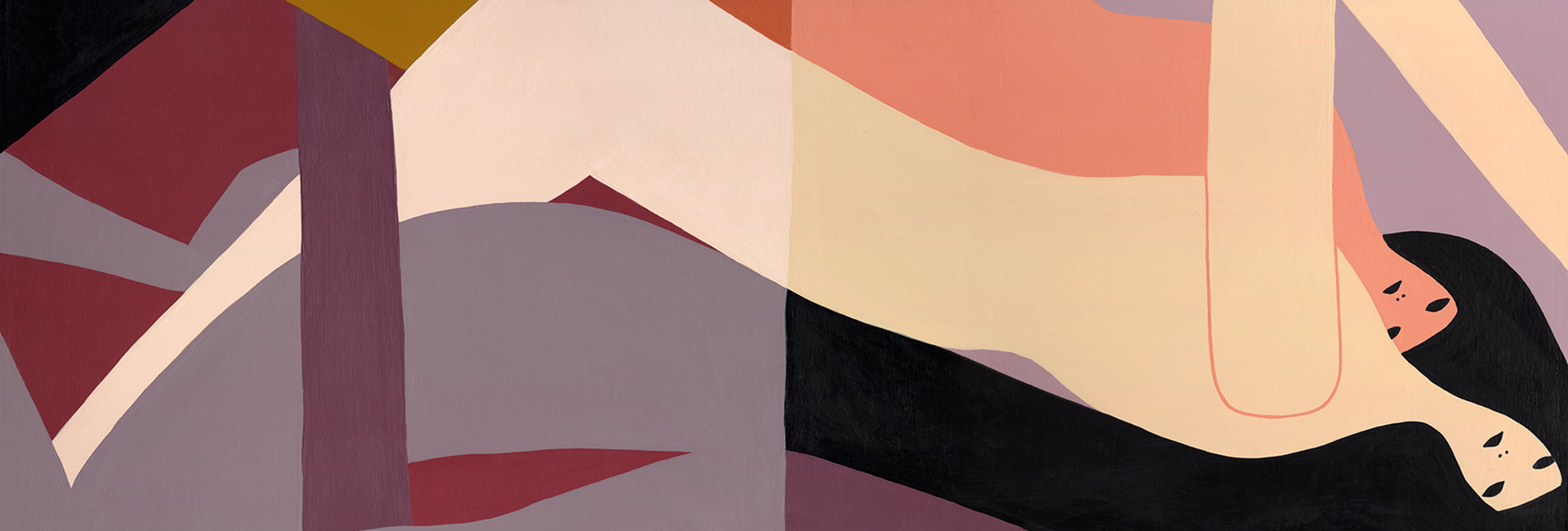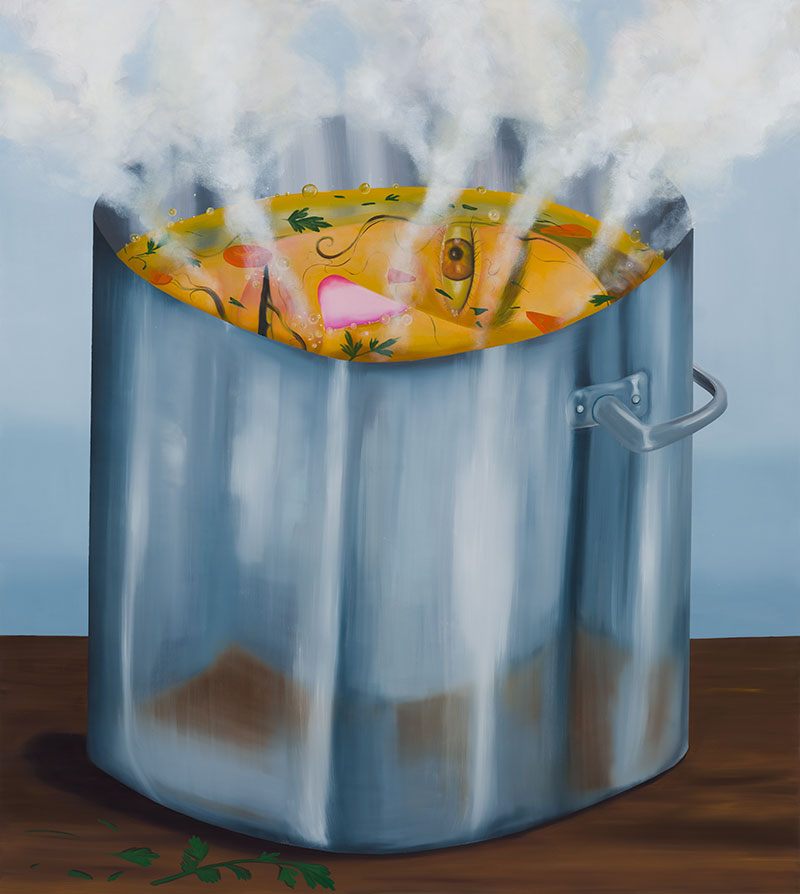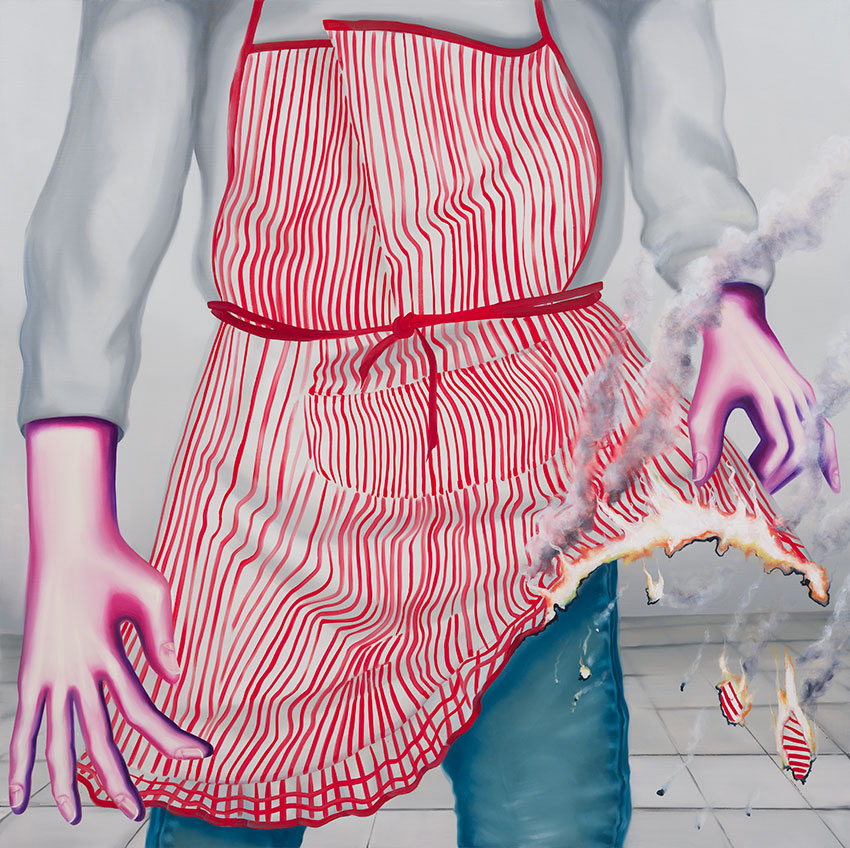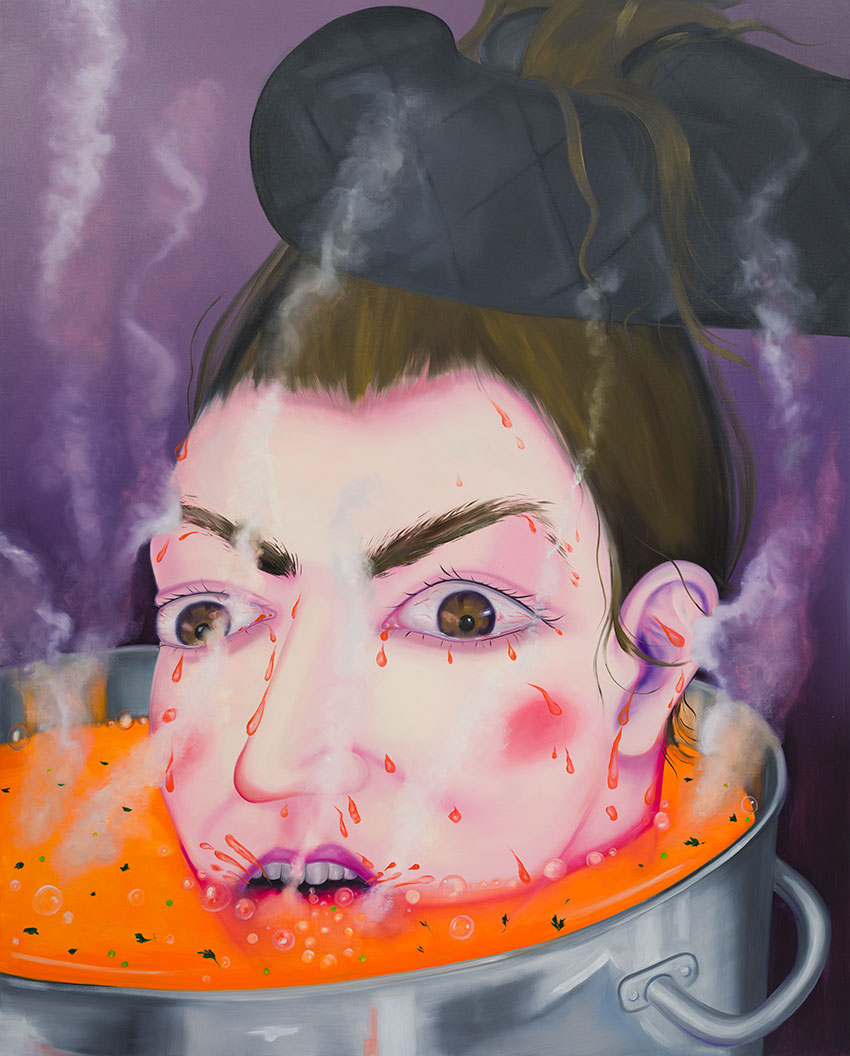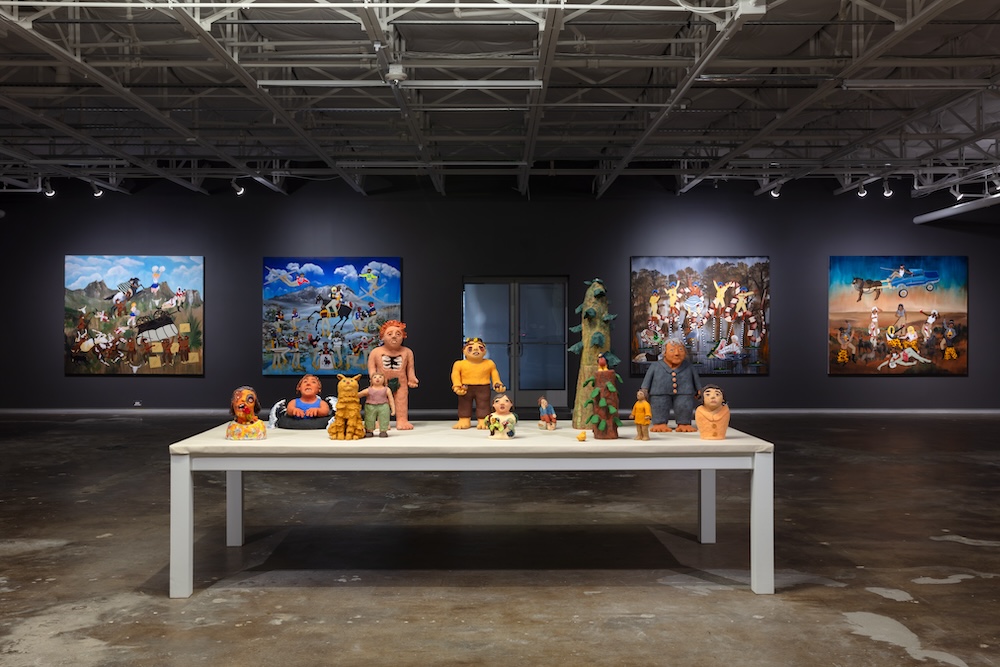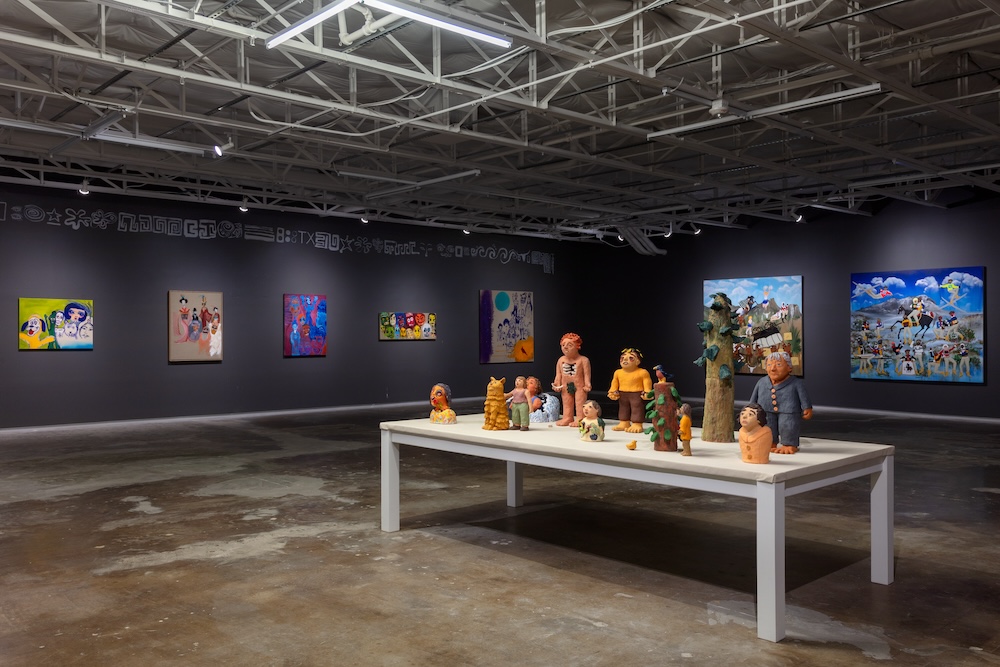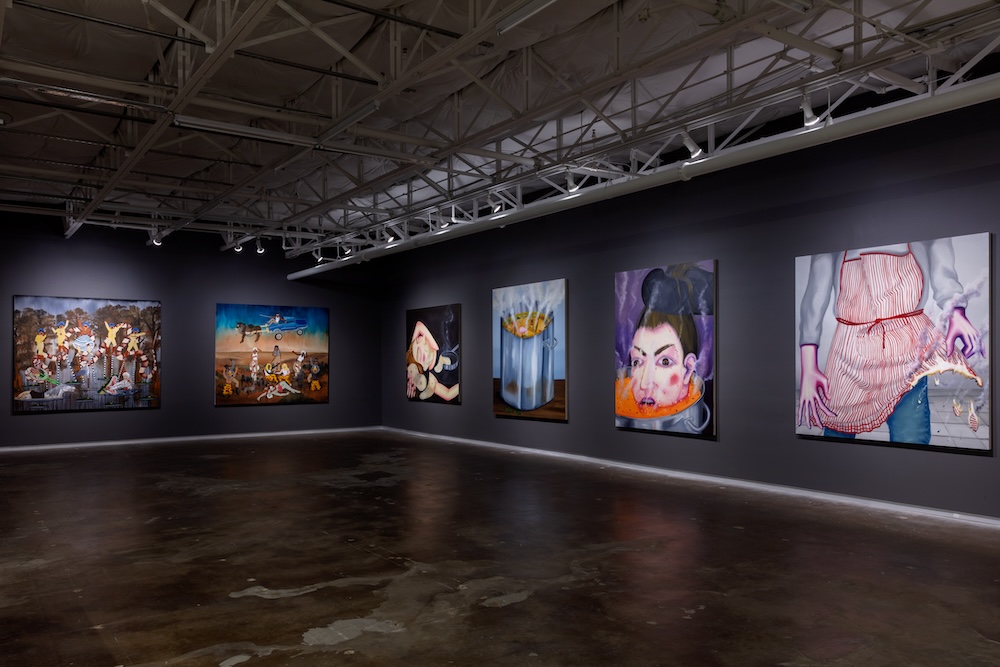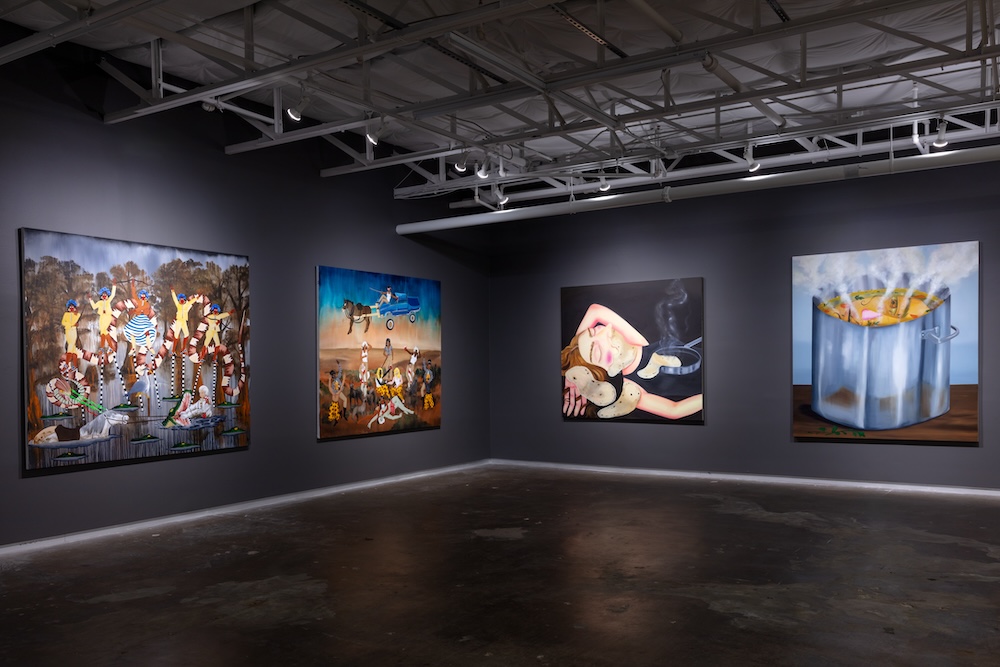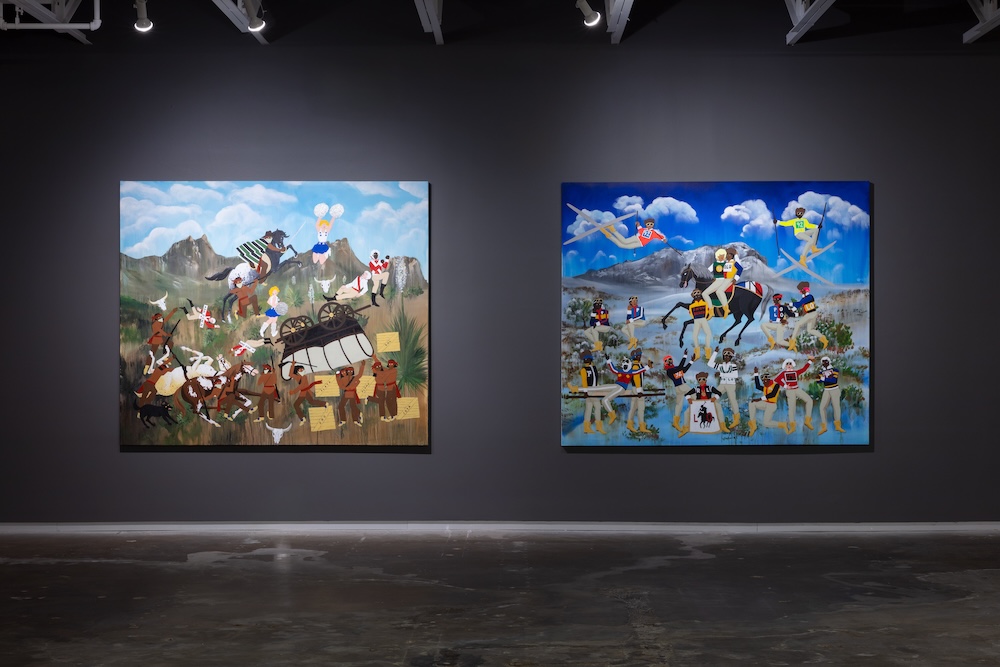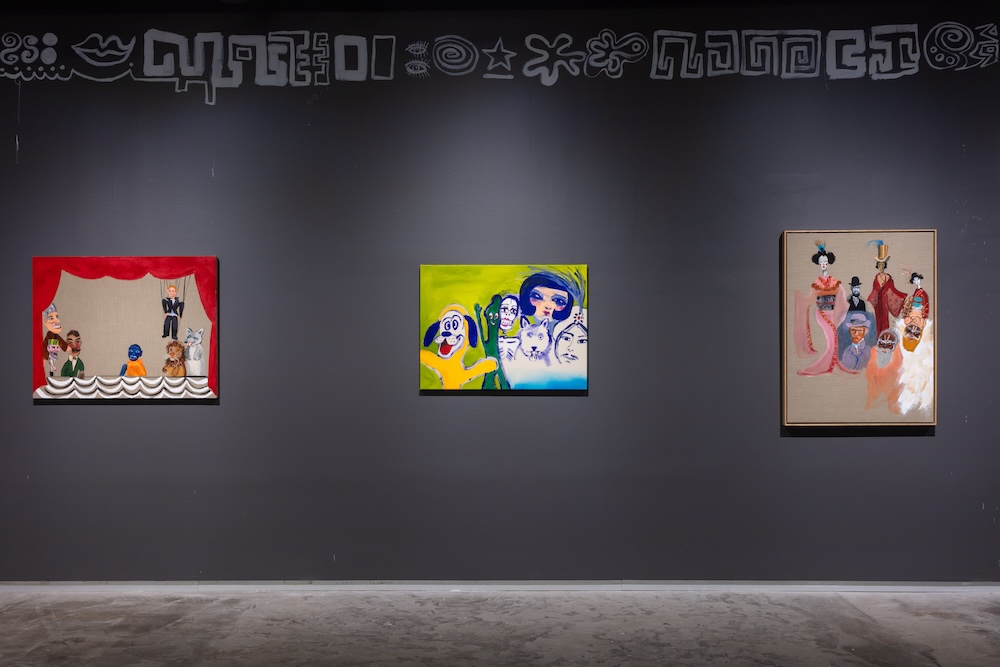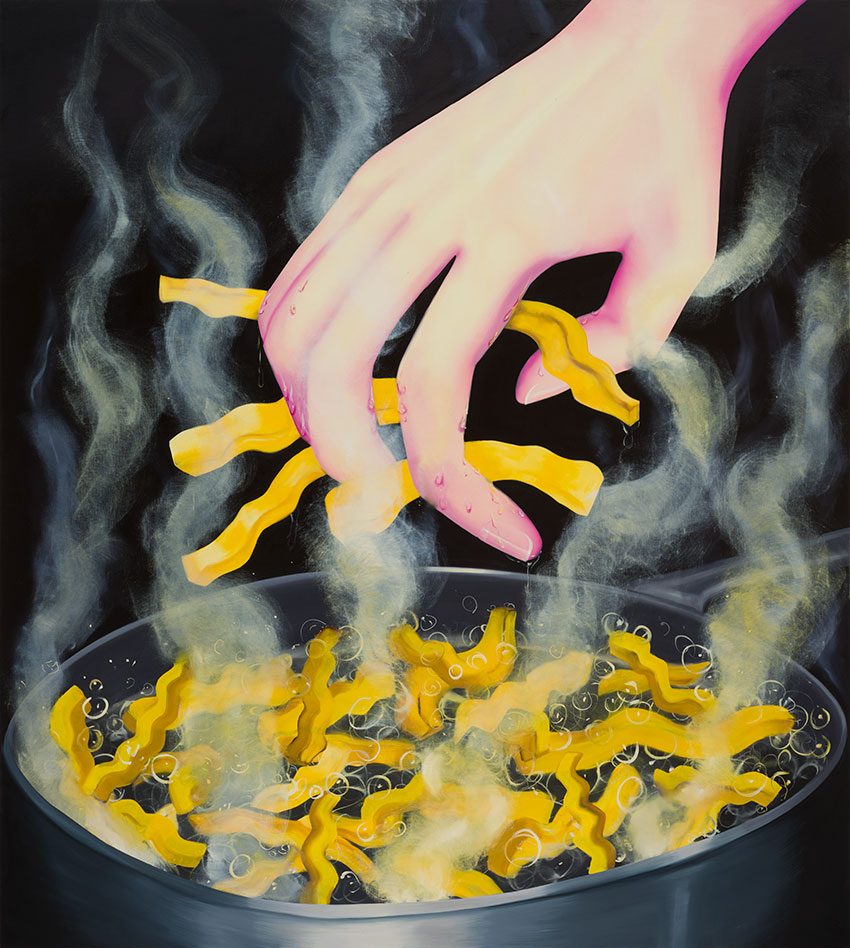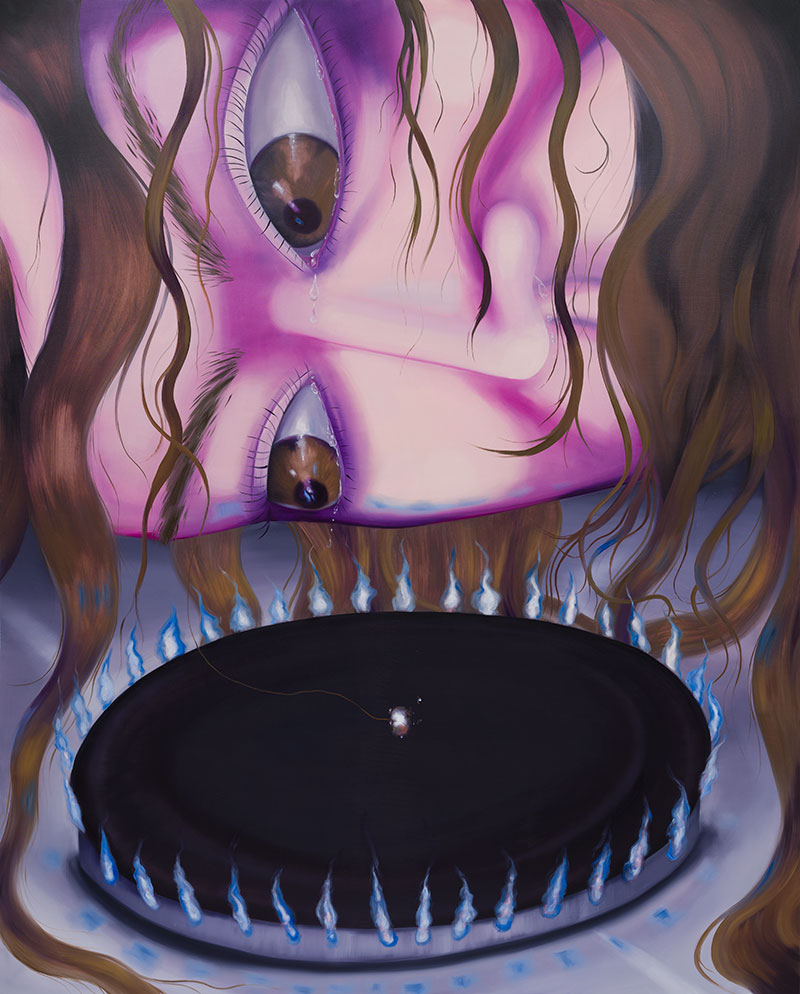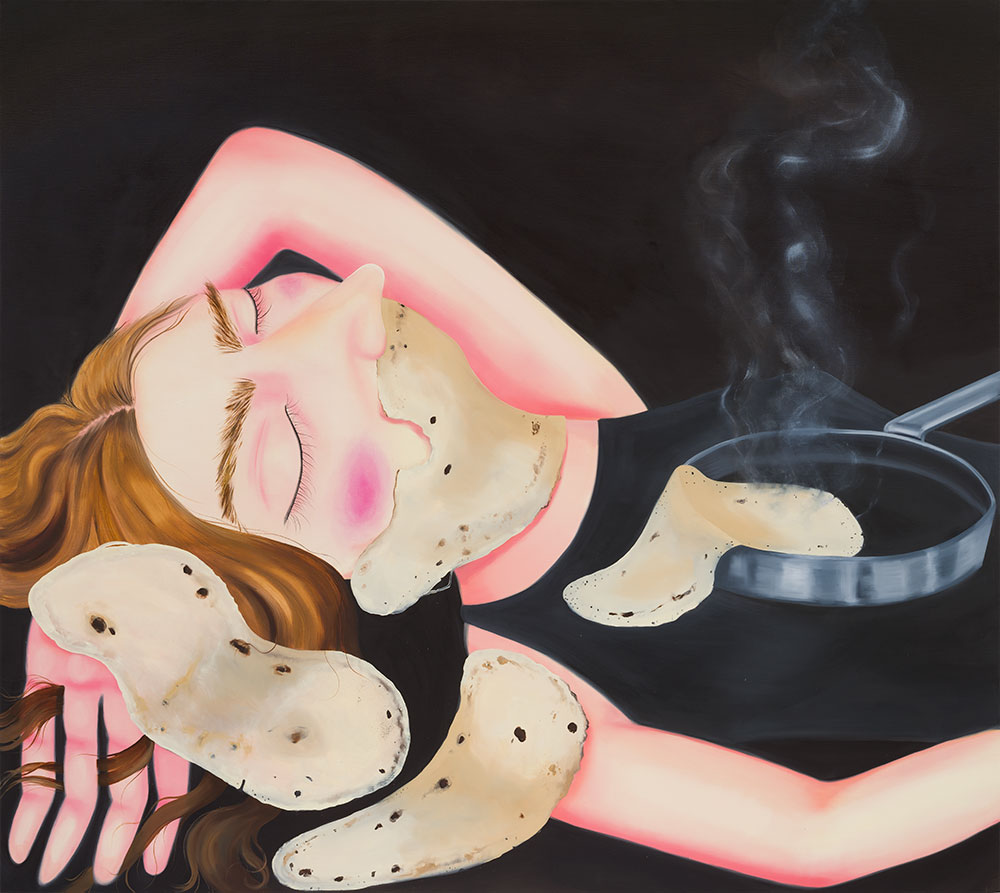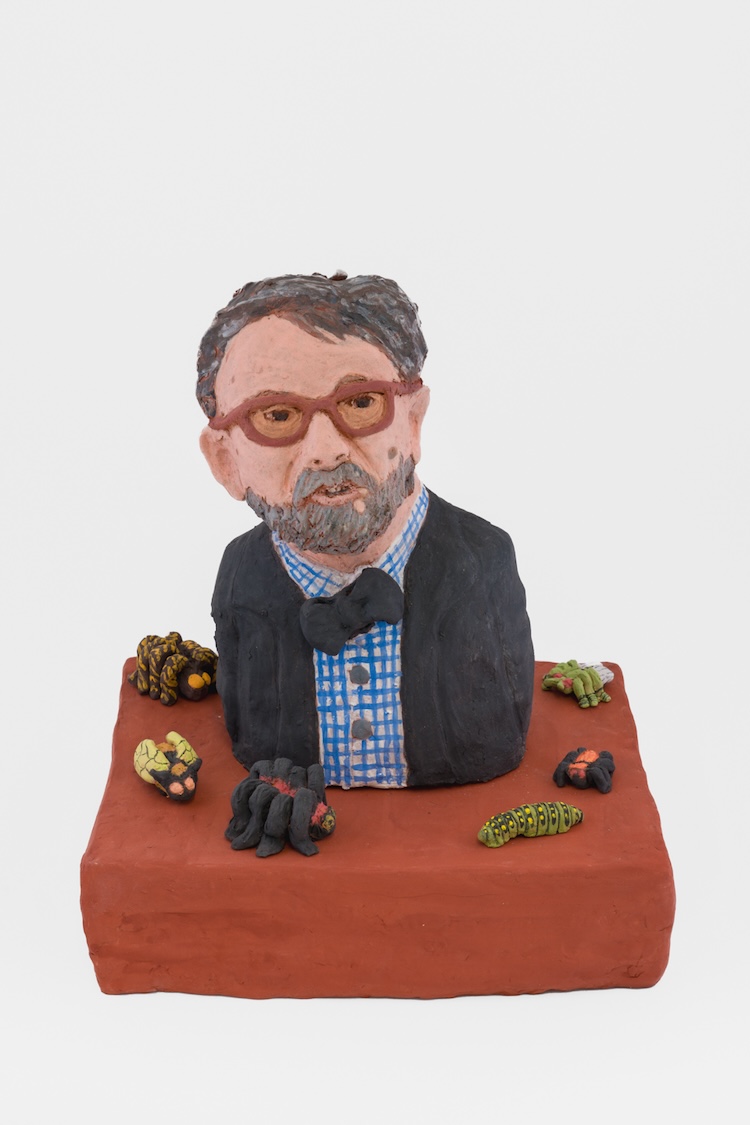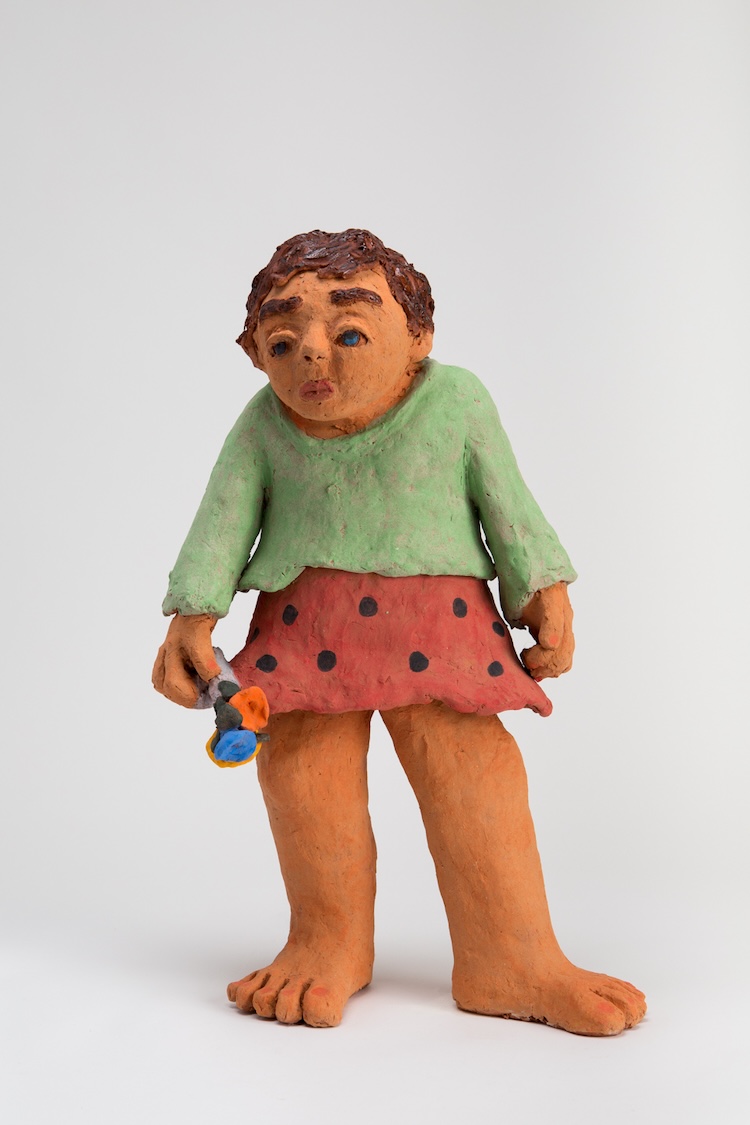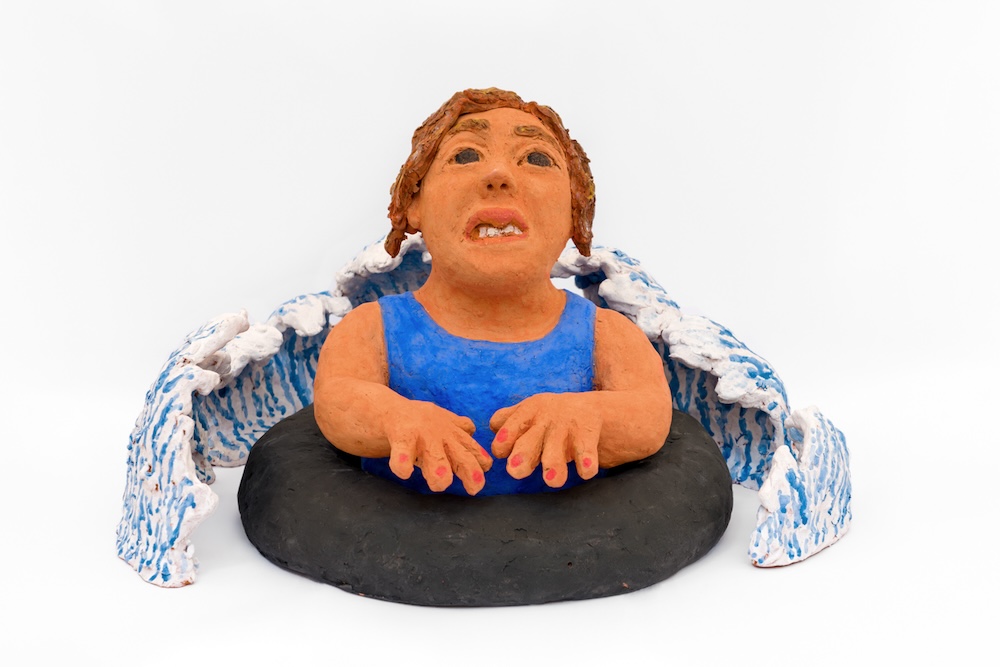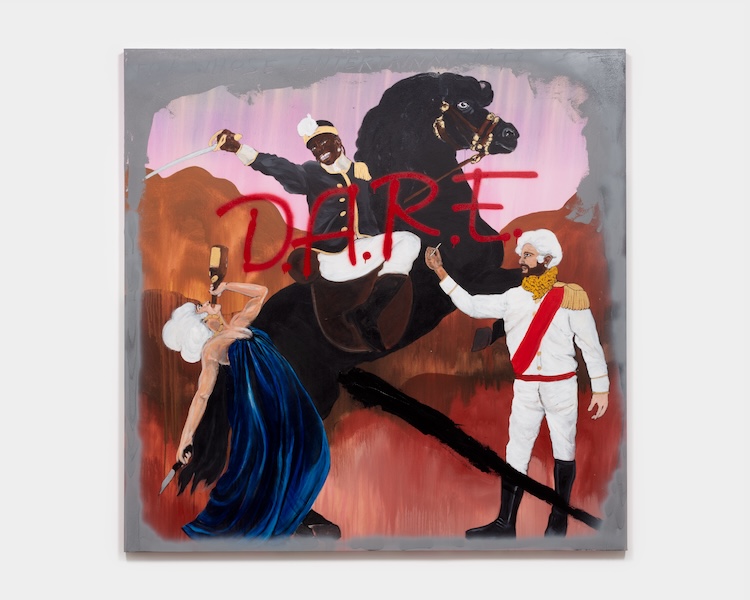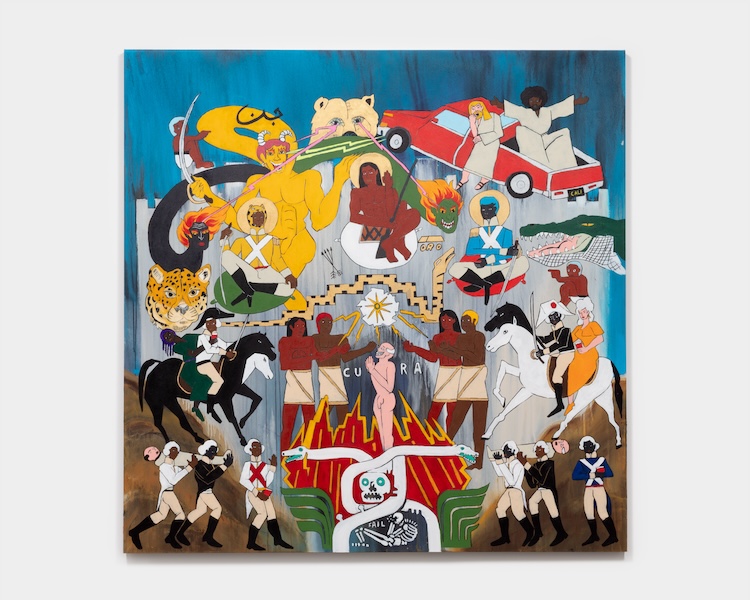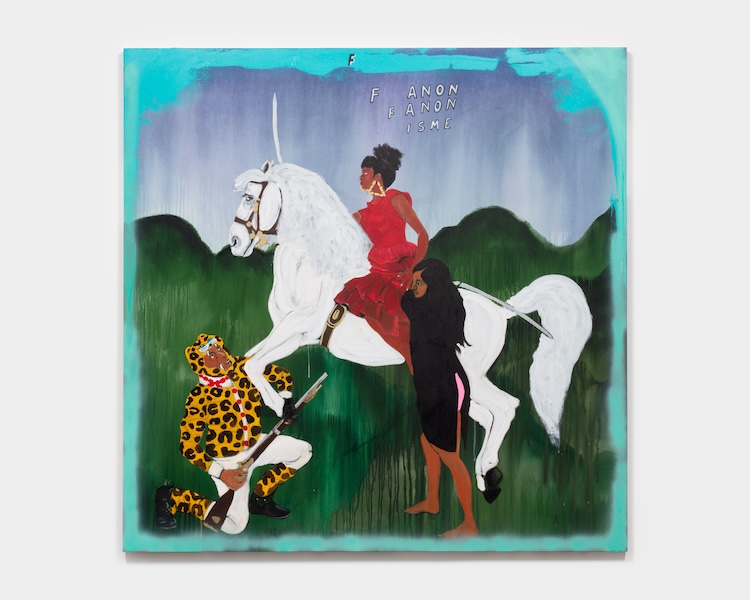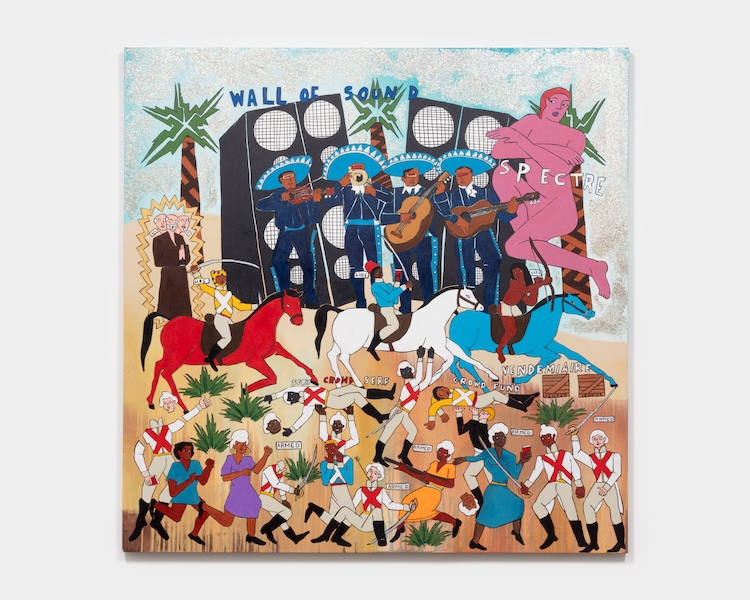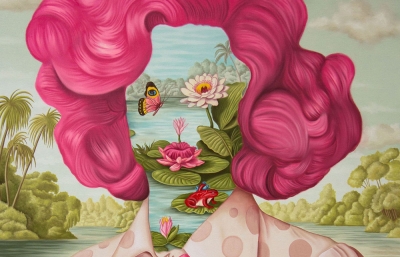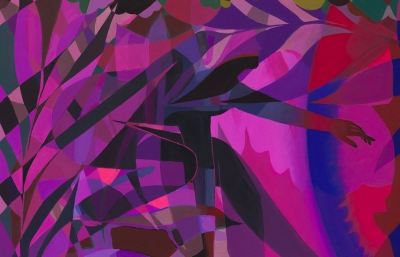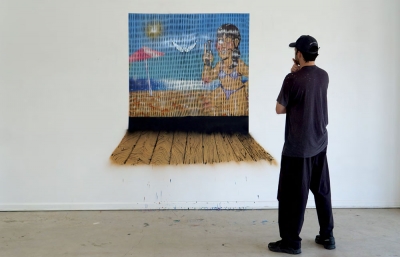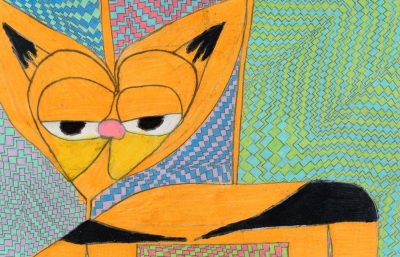Dallas Contemporary is pleased to present Who’s Afraid of Cartoony Figuration?, the multi-dimensional group exhibition, curated by adjunct curator Alison M. Gingeras, presents works by artists Karolina Jabłońska, Sally Saul, Tabboo! and Umar Rashid that dare to mix the levity of cartoons, comics, and commercial illustration with some of the most pressing socio-political subjects of our day.
Beginning in the mid-twentieth century, a distinct lineage of figurative painters emerged that appropriated the visual styles of cartoons, comics, and commercial illustration. This stylistic choice was made at great risk, with the gravitas of the socio-political content at hand oftentimes being obscured or downplayed by the so-called ‘unserious’ cultural associations around their chosen formal language.
Famed pop artists from the 60s such as Andy Warhol and Roy Lichtenstein gained early acceptance for their cultural critique of american popular culture and capitalism, thereby exempting them from suspicion. However, the subsequent generation of painters, operating beyond the "pure" confines of American pop's use of cartoony figurative language, was considered to be in violation of the established codes of serious figurative representation.
Cartoony figuration emerged in the 60s and 70s with the Chicago Imagism movements, led by artists like Jim Nutt, Gladys Nilsson Peter Saul, Roy de Forest, and Joan Brown. In california, Robert Colescott independently used satirical cartoon-like renderings to tackle social and political issues and explore his own identity.
Notably, Philip Guston shifted to figuration in the late 1960s, facing criticism for his "hood" paintings in 1970 that addressed political and personal subjects, including the persistent threats of the ku klux klan. Guston's formal risks and the gravity of his subject matter were initially overlooked and criticized but are now deemed some of the most powerful critiques of american society.
Who’s Afraid of Cartoony Figuration? acknowledges this rich history by examining the work of contemporary artists who have taken up this mantle and explores the ambiguous, subversive content from its “comix” packaging. Unwrapping the complexities that lie beneath the irreverent, populist aesthetics of cartoony figuration, the exhibitions presents works by artists coming from different generations, geographies, and practices that have honed their cartoony figuration to address critical subjects of the present day.

